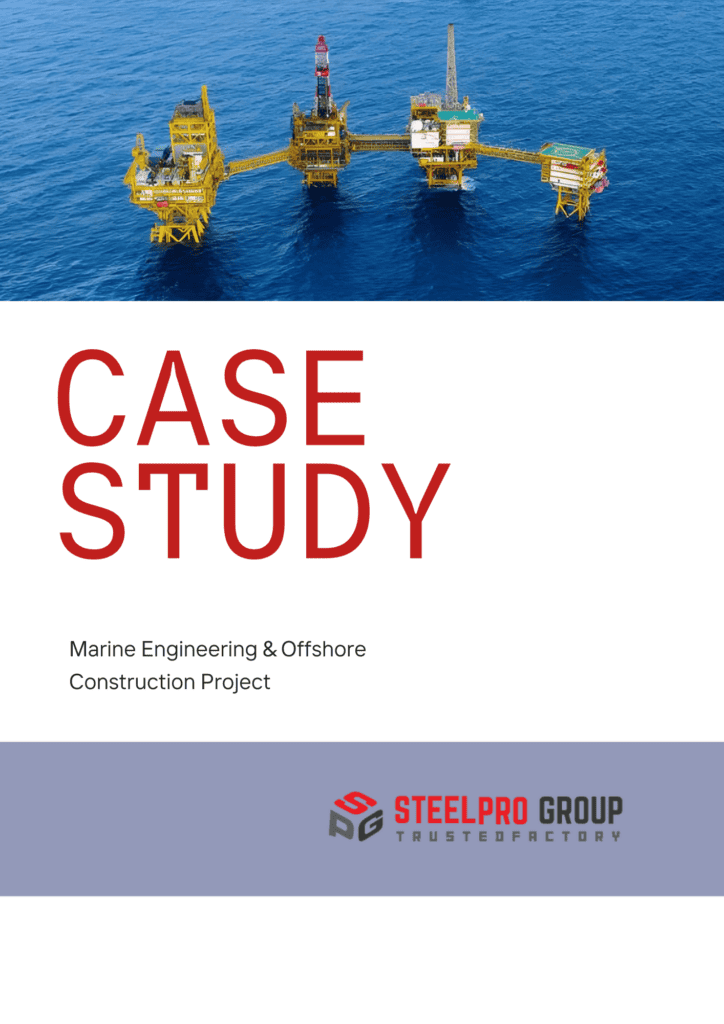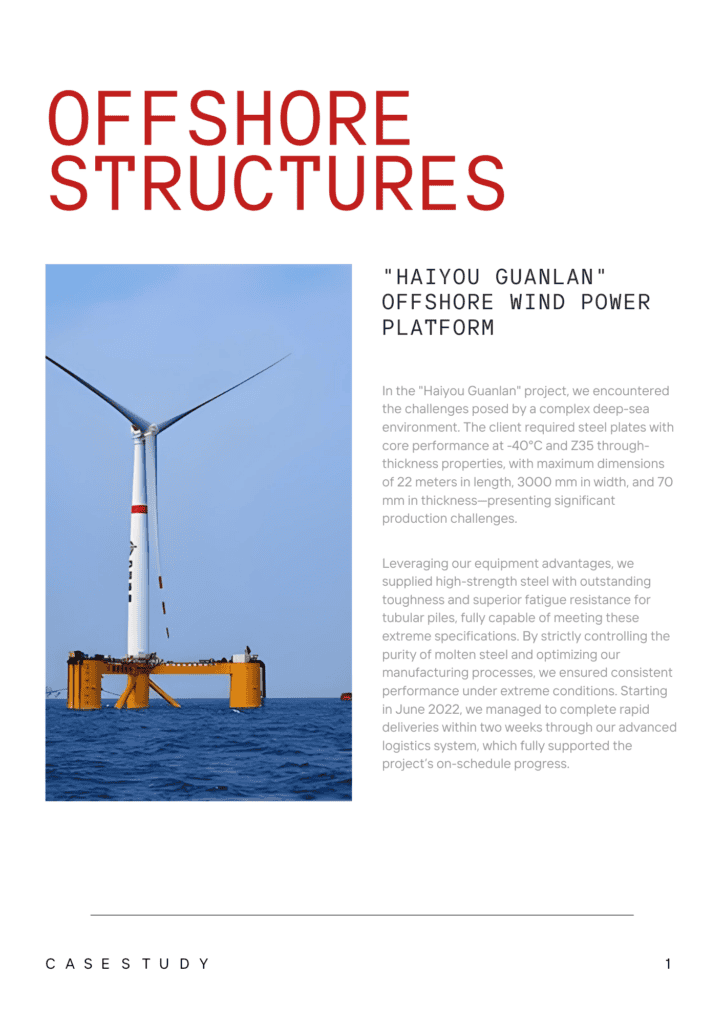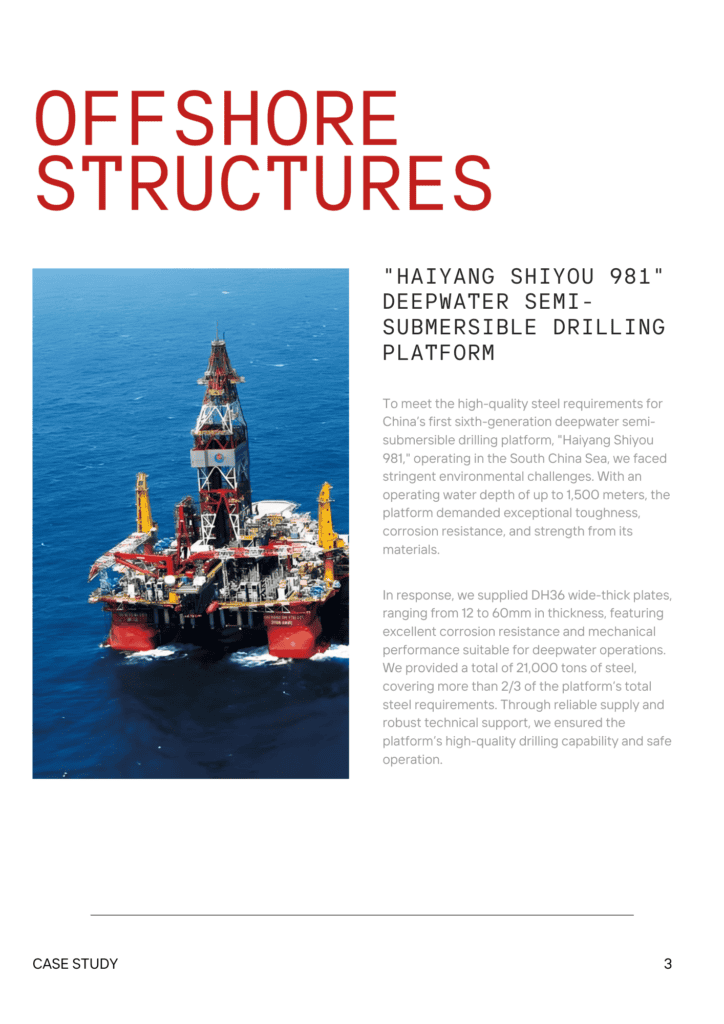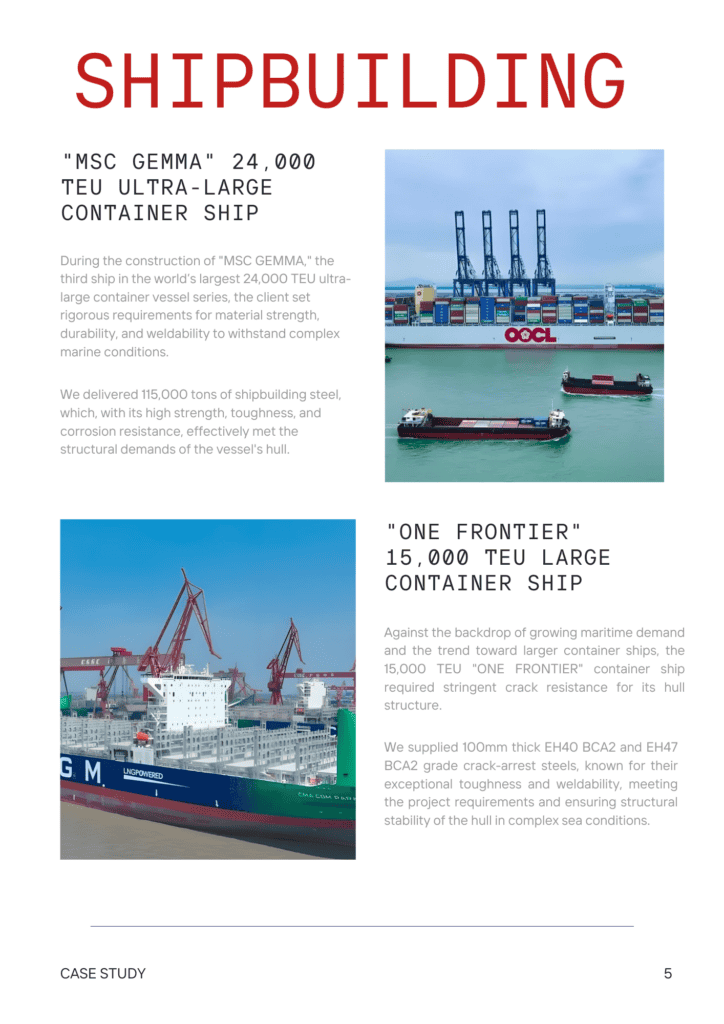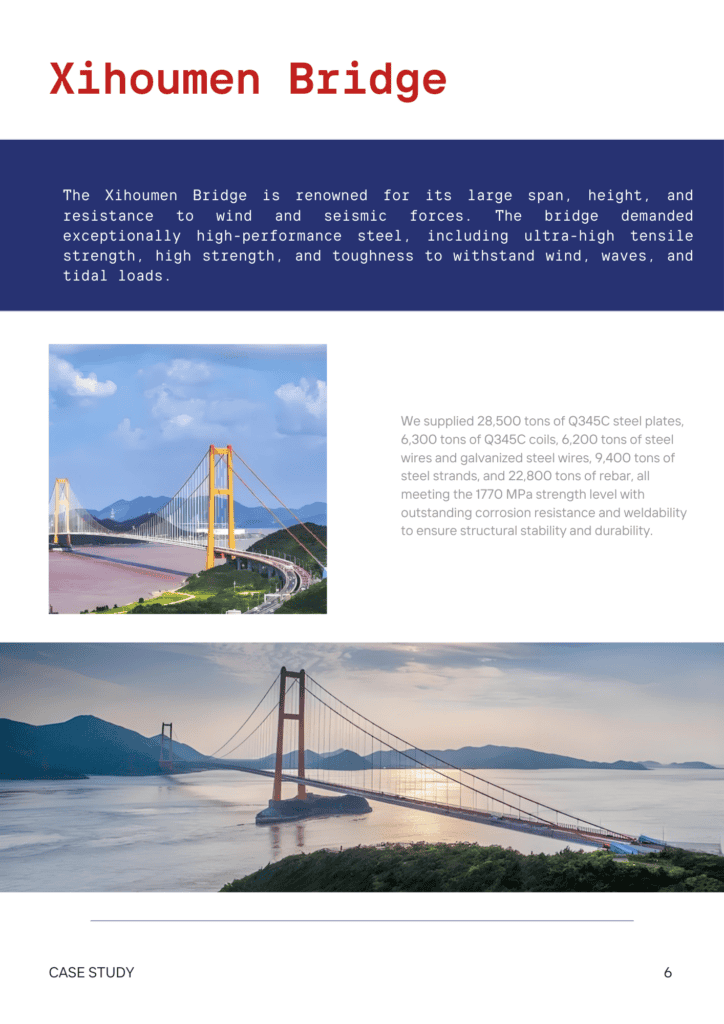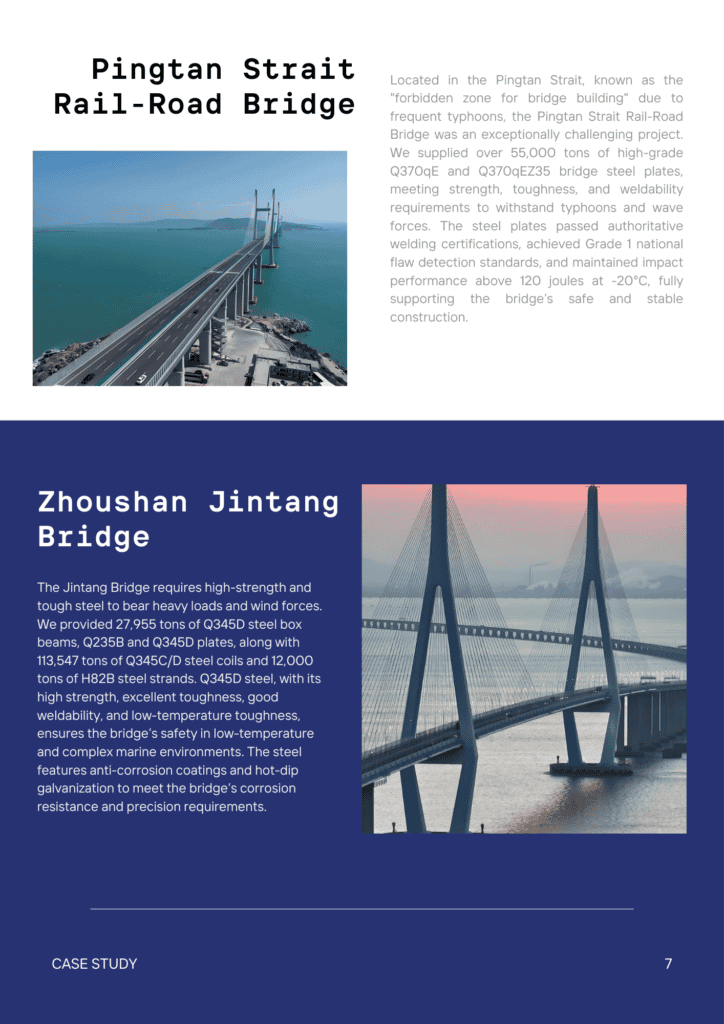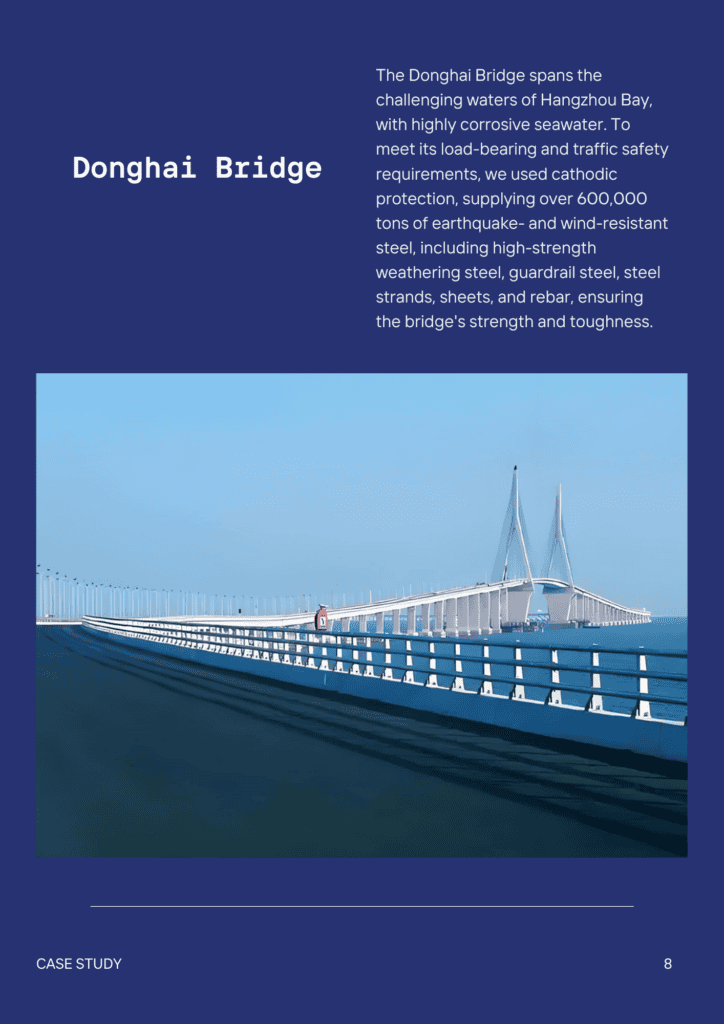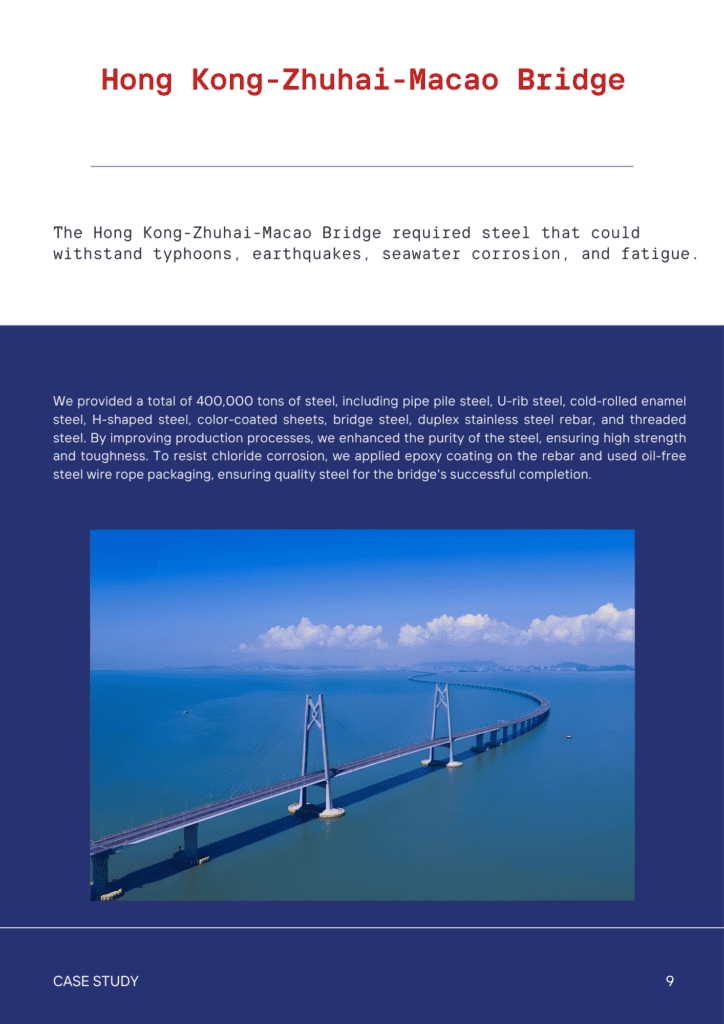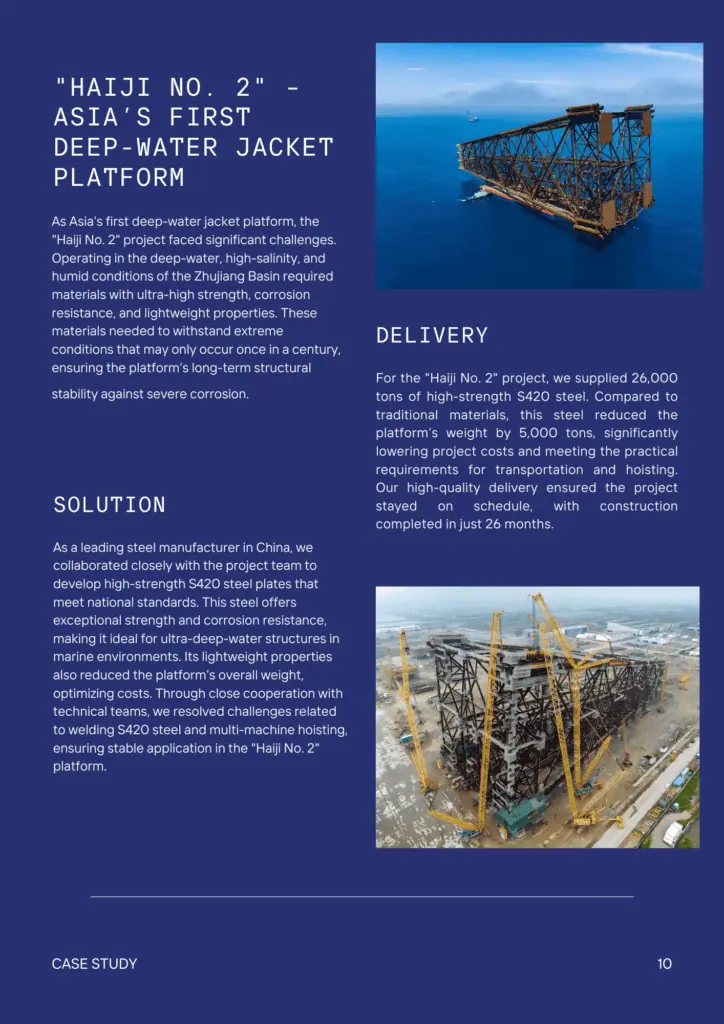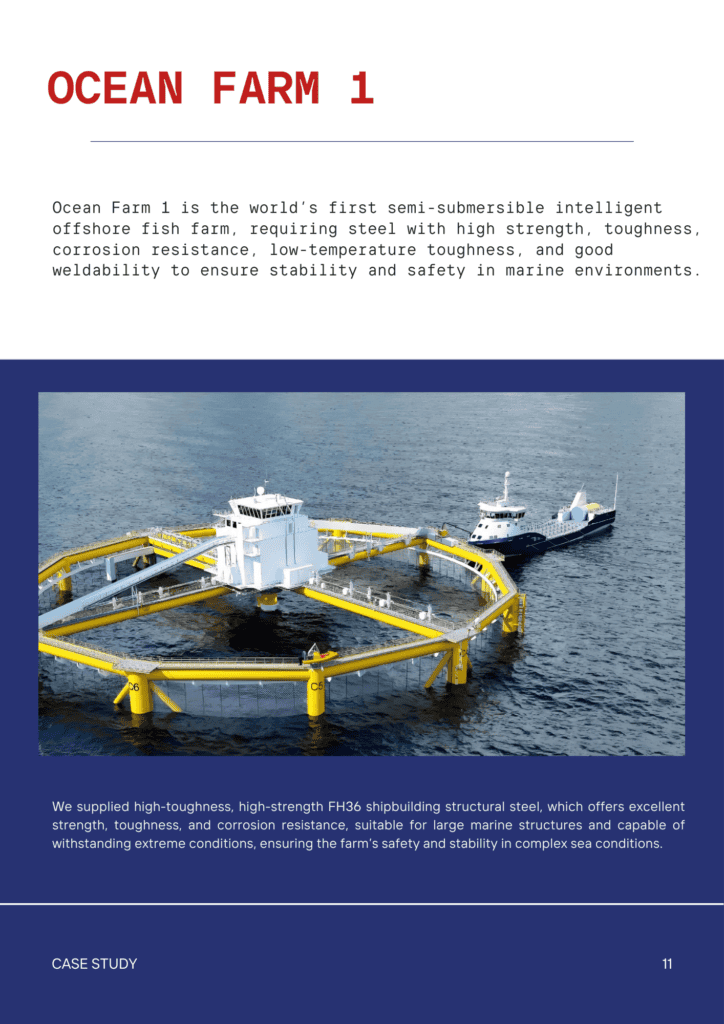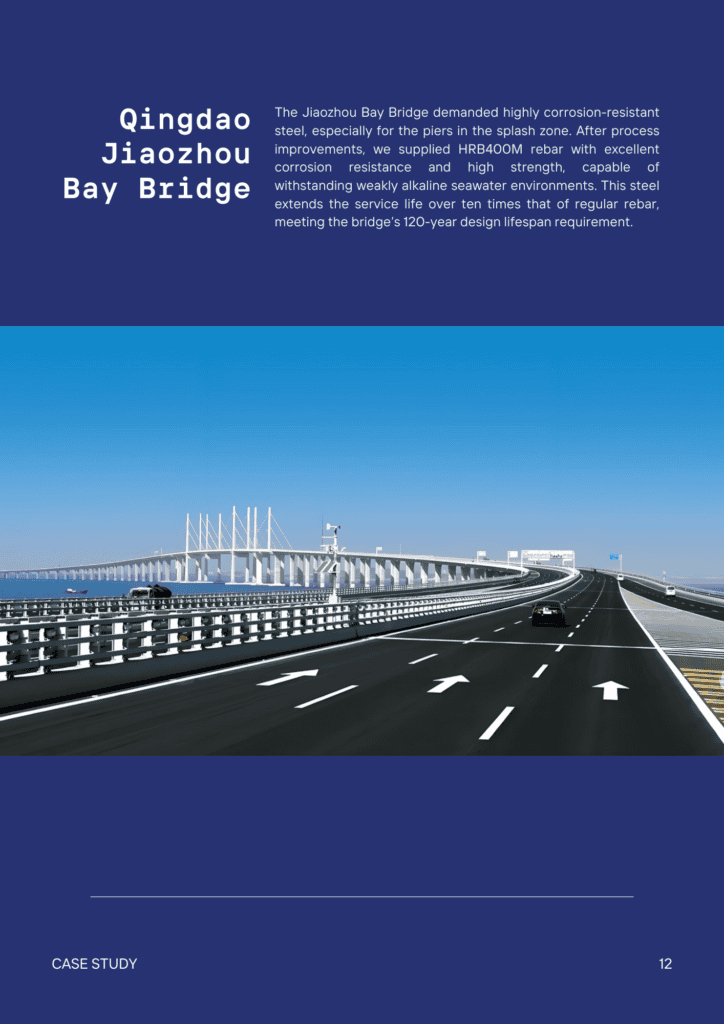Contents
Is Alloy Steel Magnetic? Magnetic Properties Guide
- John
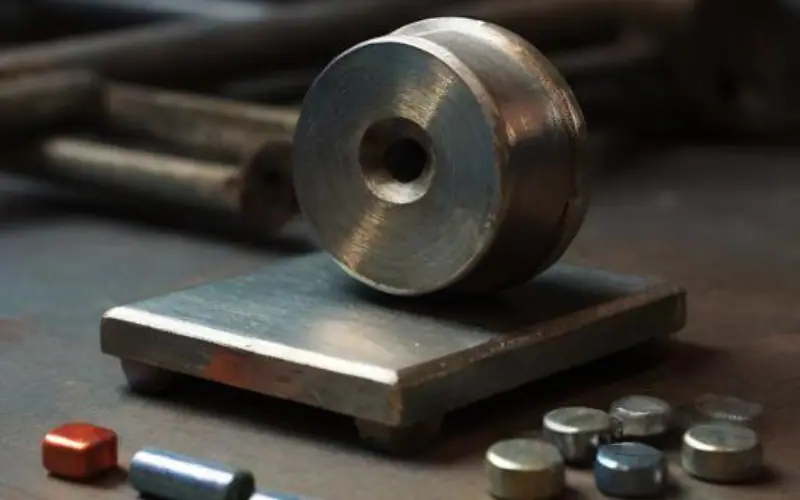
Quick answer upfront:
Most alloy steels are magnetic, but exceptions depend on composition. While iron-rich alloys generally retain magnetism, high nickel/chromium content can negate it.
Magnetic and Non-Magnetic Alloy Steel Overview
| Ferromagnetic Alloy Steels | Non-Ferromagnetic Alloy Steels |
| Low-Alloy Steels | Austenitic Stainless Steels |
| Martensitic Stainless Steels | High-Nickel Stainless Steels |
| Ferritic Stainless Steels | Some High-Alloy Steels with High Chromium |
| Tool Steels | |
| Carbon Steel |
Why Magnetism Matters in Industrial Applications?
Magnetic properties directly impact material selection for:
- Electrical systems (transformers, motors)
- Manufacturing processes (metal sorting, lifting)
- Corrosion-prone environments (marine/medical equipment)
At SteelPro Group, we’ve optimized alloy steel solutions for 200+ projects where magnetism was a make-or-break factor – from MRI-compatible surgical tools to heavy-duty magnetic lifting systems.
Next, we’ll break down the magnetic behavior of alloy steel and its industrial implications.
What Makes Alloy Steel Magnetic?
This table provides a quick overview of the key factors affecting the magnetism of steel.
For more detailed insights into why is steel magnetic, continue reading below.
| Factor | Impact on Magnetism |
| Microstructure | Ferrite/Martensite = Magnetic, Austenite = Non-magnetic |
| Carbon Content | ↑ Carbon → ↑ hardenability, ↓ permeability |
| Alloying Elements | Ni/Cr → Austenite (non-magnetic) |
| Heat Treatment | Quenching → Martensite (magnetic) |
Microstructure
Steel’s microstructure, which consists of different phases, directly affects its magnetism. Steels with ferrite or martensite phases are magnetic, while those with austenite are not.
How It Works: Ferrite and martensite are ferromagnetic and align their electron spins, making them magnetic. Austenite doesn’t align electron spins and thus remains non-magnetic. The steel’s microstructure is influenced by its composition and heat treatment, determining whether it exhibits magnetism.
Carbon Content
Increasing carbon content enhances magnetism in alloy steels, particularly after heat treatment. However, the steel’s permeability to magnetic fields can be reduced, meaning it may be harder to magnetize under some conditions.
How It Works: Higher carbon content boosts hardenability, leading to the formation of martensite when the steel is cooled quickly. Martensite has a structure that aligns electron spins, making it ferromagnetic and able to retain magnetism even after the external magnetic field is removed.
Alloying Elements
Alloying elements like nickel and chromium weaken or eliminate magnetism in steel. When chromium exceeds 12% and nickel exceeds 8%, steel transforms into the non-magnetic austenite phase.
How It Works: Iron is naturally ferromagnetic, but when alloyed with nickel and chromium, it changes structure to austenite, which doesn’t support the alignment of electron spins. This is why steels like 304 stainless steel (with high chromium and nickel) are non-magnetic.
Heat Treatment
Heat treatment can either increase or decrease magnetism depending on how the steel is cooled. Rapid cooling (quenching) locks the steel into a magnetic martensitic phase, while slower cooling can result in a non-magnetic austenitic phase. The cooling rate essentially “locks in” a magnetic or non-magnetic structure, depending on the process.
Other Factors
- Mechanical Stress
Stress may slightly distort the atomic structure. Dislocations in the steel’s crystal structure can alter the alignment of magnetic domains, slightly enhancing or reducing magnetism. Its effect is typically small.
- Precipitates and Inclusions
Inclusions (such as sulfur or oxygen impurities) and precipitates (particles formed within the steel) can interfere with the regular alignment of magnetic domains. They can disrupt the steel’s atomic lattice and reduce ability to retain magnetism.
How Alloying Elements Affect Magnetism?
As the base element in alloy steels (>90% in most grades), iron’s inherent ferromagnetism drives magnetic behavior. However, alloying additives modify its crystal structure – and thus its magnetic response.
Chromium
Chromium’s effect on magnetism depends on its concentration. At 12% or lower, it has little impact. However, when chromium exceeds 12% and is combined with nickel, it promotes an austenitic structure, making the steel non-magnetic.
Nickel
Nickel is a strong austenite stabilizer, making steel non-magnetic when it exceeds 8%. Steels (10-14% nickel) do not respond to magnets. At lower levels, nickel has a weaker effect, allowing some magnetism to remain. However, under certain heat treatments, even high-nickel steels can regain magnetism.
Manganese
Manganese reduces magnetism by promoting austenite formation, similar to nickel. It is commonly used in nickel-free stainless steels like 201 stainless steel (7.5% manganese) to achieve a non-magnetic structure.
Carbon
Carbon increases martensite formation, strengthening magnetism, especially after quenching. However, excessive carbon can reduce permeability, making the steel harder to magnetize.
Critical Interactions
- Cr + Ni Synergy: Chromium alone (e.g., 430 stainless) preserves magnetism, but combined with nickel (304/316), it creates non-magnetic austenite.
- Heat Treatment Override: Even high-nickel steels can become magnetic if quenched to form martensite (e.g., 17-4 PH stainless).
Common Alloy Steel Types and Magnetic Properties
| Type | Example Grades | Magnetic? | Key Alloys |
| Low-Alloy Steel | 4140, 4340 | ✅ Yes | Iron, Carbon, Manganese, Chromium |
| High-Alloy Steel | 8630, 9310 | ✅ Yes | Iron, Chromium, Molybdenum, Nickel |
| Ferritic Stainless Steel | 430, 446 | ✅ Yes | Iron, Chromium (<12%) |
| Martensitic Stainless Steel | 410, 420 | ✅ Yes | Iron, Carbon, Chromium |
| Tool Steel | D2, H13 | ✅ Yes | Iron, Carbon, Molybdenum, Chromium |
| Austenitic Stainless Steel | 304, 316, 310 | ❌ No | Iron, Chromium (>12%), Nickel (>8%) |
| High-Nickel Stainless Steel | 904L | ❌ No | Iron, Chromium, Nickel (>25%) |
| Manganese-Based Stainless Steel | 201, 202 | ❌ No | Iron, Chromium, Manganese (≥7%) |
| Precipitation-Hardening Stainless Steel | 17-4 PH | 🔄 Varies (Depends on heat treatment) | Iron, Chromium, Nickel, Copper |
Applications: When Magnetism Matters?
Industries That Require Magnetic Alloy Steel
- Electric Motors and Transformers
Magnetic alloy steels are essential in electric motors, generators, and transformers. They provide high permeability and low core losses, allowing efficient electromagnetic field control.
Silicon steel, a common electrical steel, minimizes energy waste and heat buildup.
- Automotive Components
Many automotive parts require magnetic properties for both structural durability and sensor compatibility. Components like gears, crankshafts, and drive shafts rely on magnetic alloy steel for strength and wear resistance. Additionally, ABS systems, speed sensors, and ignition components use magnetic steels for accurate inductive sensing.
Industries That Require Non-magnetic Alloy Steel
- Medical Equipment (MRI Compatibility)
Magnetic materials pose risks in MRI machines, which use powerful magnetic fields for imaging. Austenitic stainless steels and high-nickel alloys ensure that surgical tools, implants, and medical instruments remain non-magnetic, preventing distortion in scans.
- Marine and Chemical Environments
In marine engineering and chemical processing, corrosion resistance is more important than magnetism. Magnetic steels can be vulnerable to localized corrosion, leading to premature failure. Austenitic stainless steels resist harsh conditions while remaining non-magnetic, making them ideal for shipbuilding, offshore structures, and chemical storage tanks.
Testing Magnetism in Alloy Steel
Simple Methods: Using a Magnet
The easiest way to test magnetism is with a handheld magnet. If the steel attracts the magnet, it contains ferromagnetic phases like ferrite or martensite. If there’s little or no attraction, it’s likely paramagnetic or non-magnetic, such as austenitic stainless steel.
However, this method has limitations:
- Cold Working Effects: Some non-magnetic steels can become weakly magnetic after machining or deformation.
- Mixed Microstructures: Steel with both magnetic and non-magnetic phases may show partial magnetism.
- Lack of Precision: A simple magnet test cannot measure magnetic strength or detect subtle variations.
For detailed analysis, advanced testing methods are required.
Advanced Techniques
Industries that rely on precise magnetic properties use specialized testing methods.
Permeability Testing
This test measures magnetic permeability (μ)—how easily a material supports a magnetic field.
- A permeability meter or magnetic susceptibility tester determines if steel is ferromagnetic, paramagnetic, or non-magnetic.
- It is useful for verifying stainless steel grades and detecting unwanted phase changes.
Eddy Current Inspection
This is a non-destructive way to analyze steel’s conductivity and magnetic response.
- A coil generates an alternating current, inducing eddy currents in the material.
- Differences in the response reveal composition changes, microstructural inconsistencies, or defects.
- Commonly used in aerospace, automotive, and energy industries.
Choosing the Right Alloy Steel & Get Expert Guidance
Selecting the right alloy steel is crucial for ensuring magnetic performance, structural integrity, and industry compliance. At SteelPro Group, we provide:
- Expert guidance on selecting the best alloy steel for your needs.
- ISO 17025-certified testing to ensure accurate magnetic properties.
- Customized solutions for industries requiring precision and reliability.
Don’t risk choosing the wrong material—consult with our experts today! Contact SteelPro Group to get the right alloy steel for your application.



